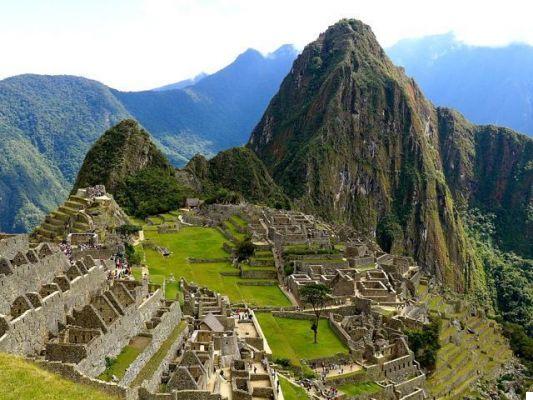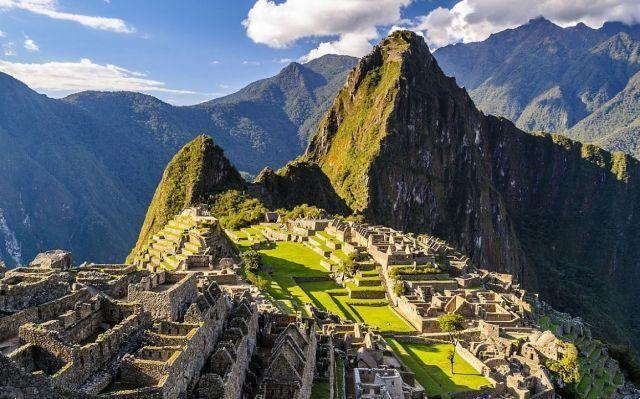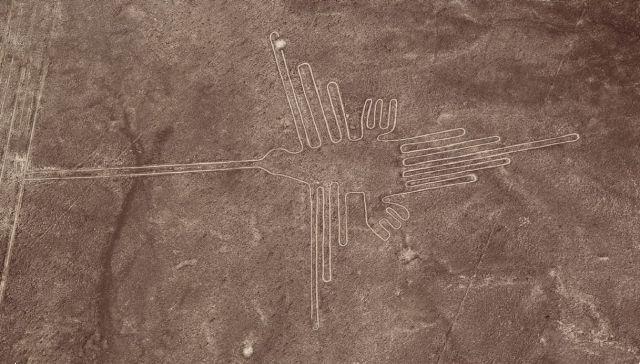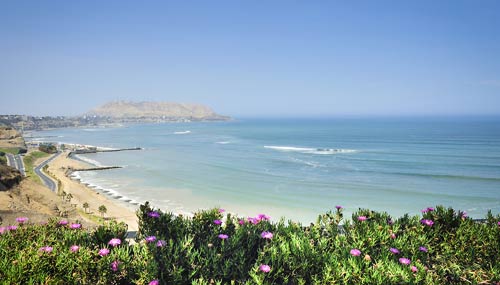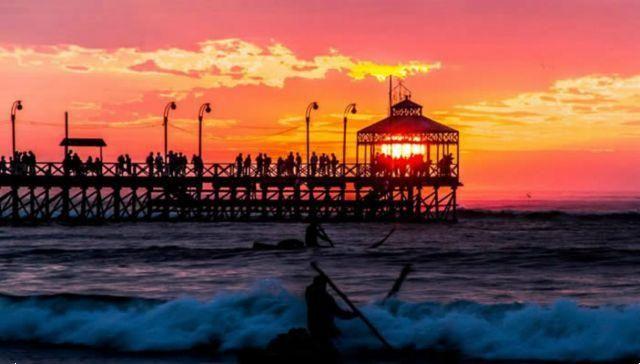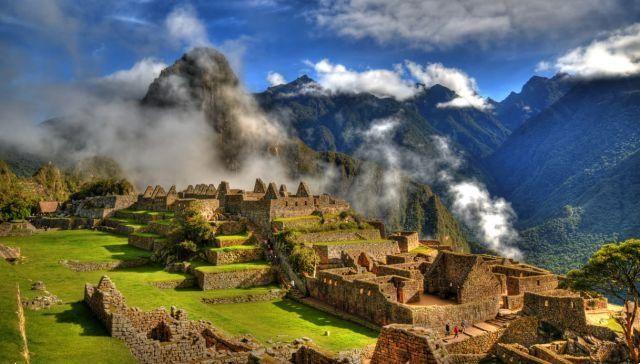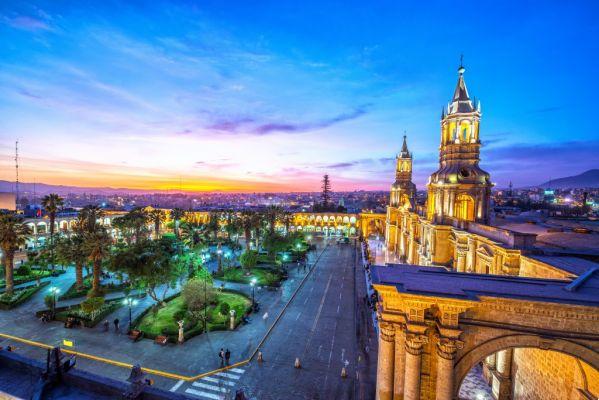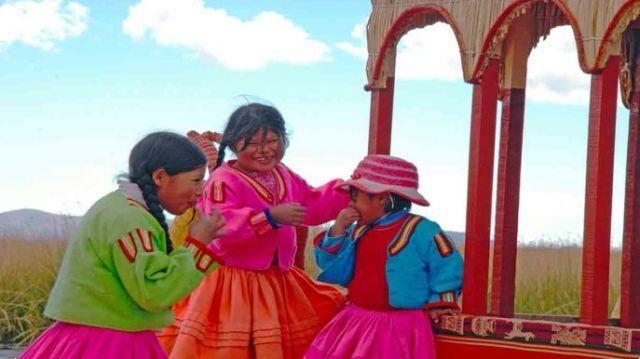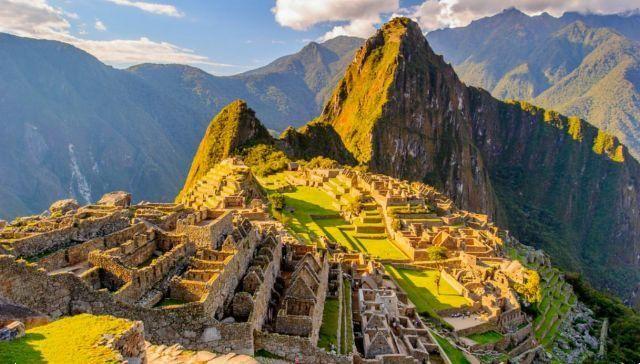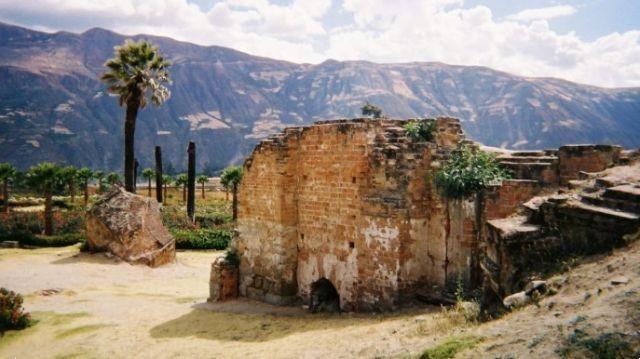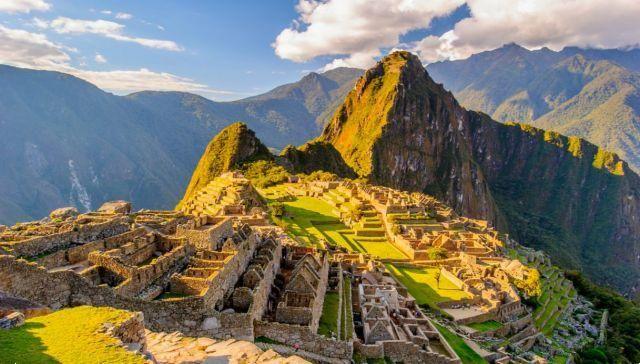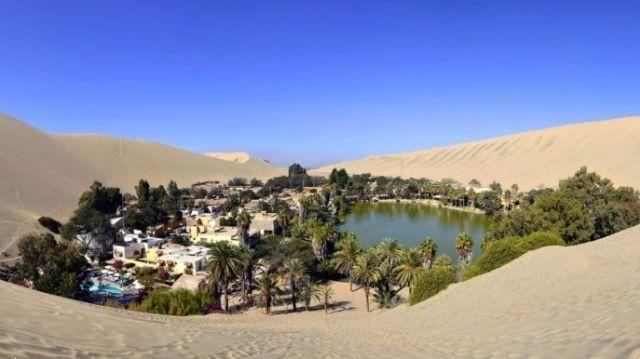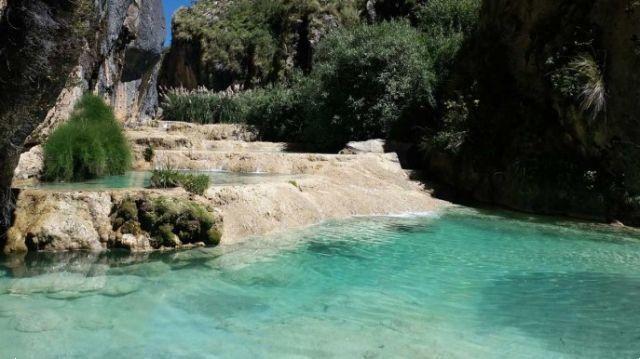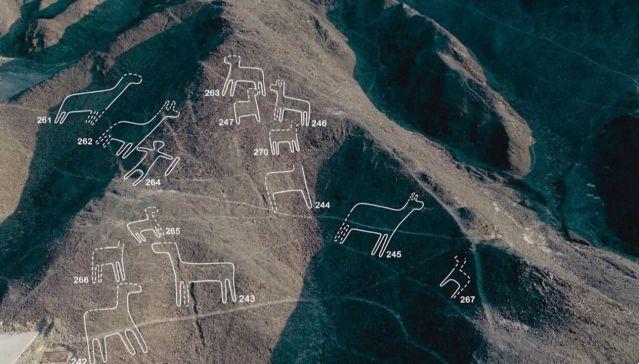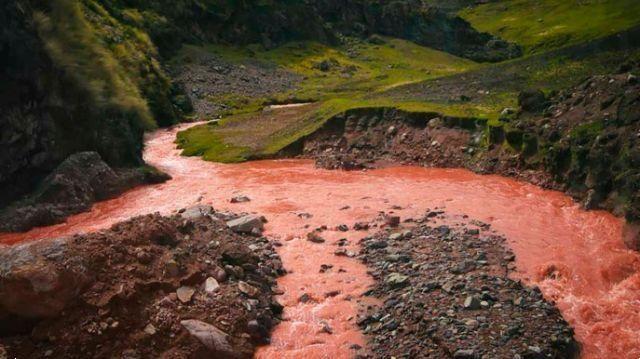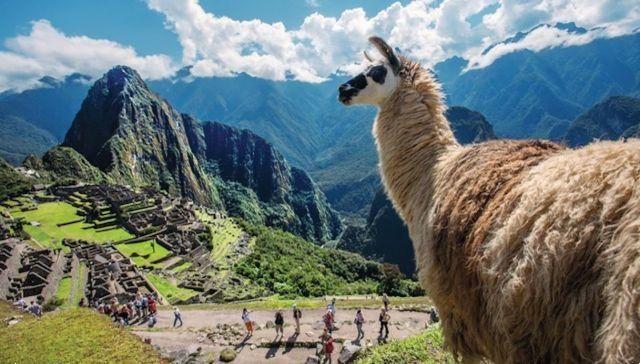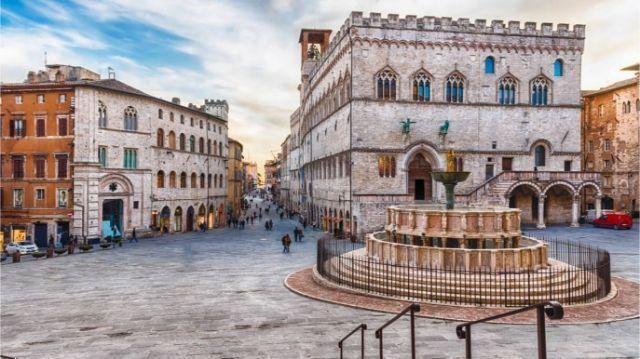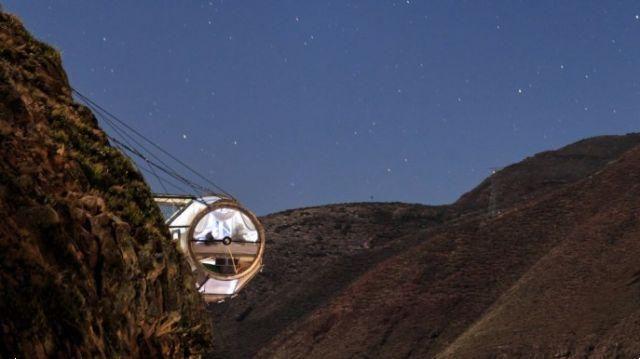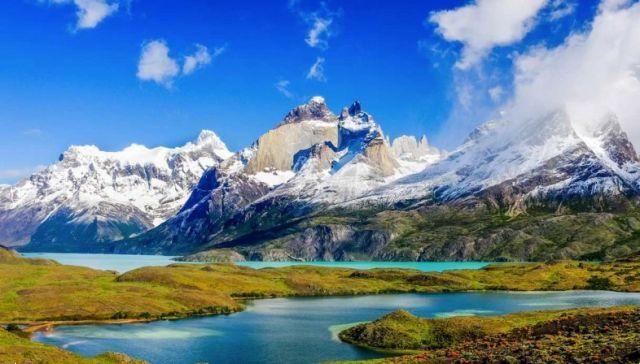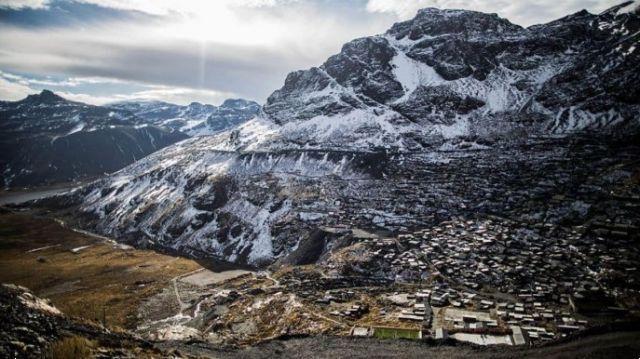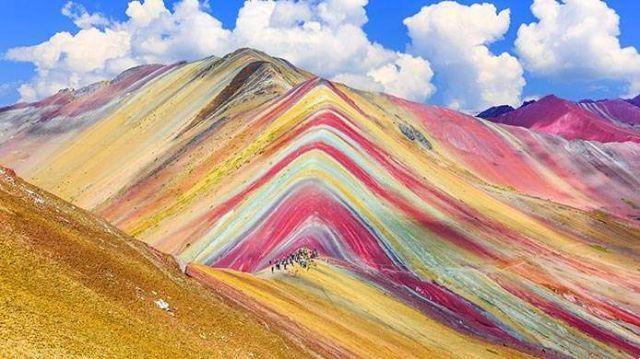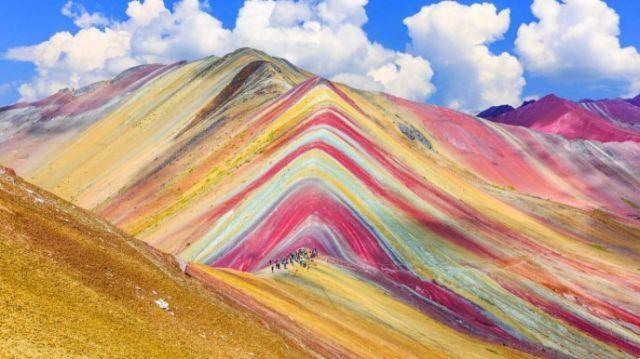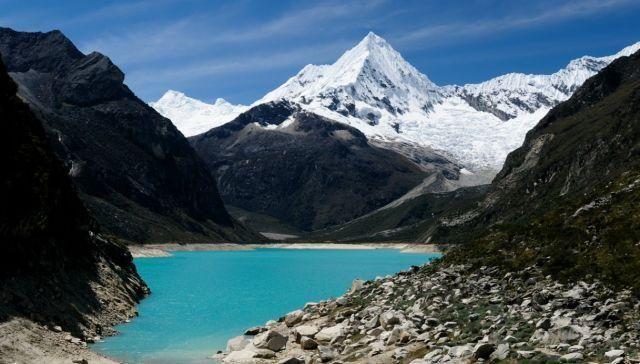 Three weeks in Peru, in the north-west of the country, from the Pacific coast to the Cordillera Blanca and even further, deep into the Amazon forest.
Three weeks in Peru, in the north-west of the country, from the Pacific coast to the Cordillera Blanca and even further, deep into the Amazon forest.
A country "stuck" between the Equator and the Tropic of Capricorn, Peru occupies the north-western portion of South America and offers visitors a remarkable variety of landscapes to cross and explore. The coastal strip, overlooking the Pacific Ocean, is essentially an arid plain inhabited for millennia. Close to the coastal regions, parallel to the coast, the Andean mountain range extends, with the sierra and the peaks of the Andes mountain range. To the east of the cordillera extend the Amazon forest and the basin of the great rivers that give life to the Amazon River.
Such a vast territory and an environment so rich in natural attractions make Peru a unique destination for nature enthusiasts, but also for those who want to know more about the populations who inhabited these lands and enriched them with their beliefs, their customs and habits. We offer you an itinerary between nature and culture to discover the most interesting places in north-western Peru in three weeks: from the coast to the Amazon forest, passing through the cordillera.
First week – Lima and the treasures of the coast
Dedicate a couple of days to visiting the capital of Peru: Lima it is the "Ciudad de los Reyes" or the city of the kings, so renamed by the Spaniard Francisco Pizarro who made it the main center of the viceroyalty of Peru and the colonies of the New World and the heart of trade with the motherland. Visit the historic center with the stupendous cathedral where the remains of the conquistador and first governor of Lima rest, but don't miss the Puente de Piedra (or Puente Trujillo), built in 1610 on the Rímac river, and the colonial-style buildings overlooking the Plaza Mayor as well as the palaces, churches and convents found in the surrounding area. On the other side of the river, you reach the Plaza de Toros de Acho and the Paseo de Aguas.
Lima is the starting point of our itinerary in northwestern Peru. First stop, the sacred city of Caral-Supe, 5000 years old, which is located about 170 km from the capital, on the northern coast. The archaeological site is the tangible testimony of one of the oldest civilizations of the Americas known today and is worth a visit, to appreciate the urban structure, the pyramids and the residential buildings up close. Then move north, to the city of Trujillo, near which is the archaeological site of Chan Chan, capital of the ancient Chimu kingdom, and discover the remains of the most important complexes, with notable architecture and, above all, interesting decorations.
Conclude the first week of travel with a stop in Chiclayo, 200 km north of Trujillo, and reach Sipán where, in the 1980s, the tomb of the Mochica governor, the "Lord of Sipán", dating back to the 3rd century, was discovered. Nearby, in Lambayeque, however, there is the Museum of the Royal Tombs of Sipán which preserves the precious objects found in the burial; the building reflects the tomb of the Lord of Sipán in its structure and layout.
Second week – Trekking at high altitude
Dedicate your second week in Peru to "climbing" the most spectacular peaks of the Huascarán National Park in the heart of the Andes. A good starting point could be the city of Huaraz, 400 km north of Lima. There are flights departing from Lima direct to Huaraz airport; alternatively, you can get there by car or bus (7-8 hours travel). This will also allow you to start acclimatising and getting used to the altitude: the city at the foot of the mountain range is located at 3091 m above sea level... still a few if you consider that the peaks of Huascarán, Huandoy and Chopicalqui are well over 6000 metres!
The Huascarán National Park - a UNESCO world heritage site since 1985 - will offer you the opportunity to live exceptional experiences in over 340 thousand hectares of protected area, including snow-capped peaks, glaciers, streams, lakes and a wide spectrum of ecosystems with notable biodiversity . For the more sporty, well-equipped and - above all - with adequate physical preparation, trekking circuits of various levels of difficulty are dedicated, without forgetting the mountains to climb and the paths to cross on foot or by mountain bike. Furthermore, there is also no shortage of archaeological sites that testify to the cultivation and irrigation systems, fortifications and necropolises of the ancient inhabitants of the Andes. For more challenging treks and to enjoy the hospitality of the Andean refuges, consult the local authorities before leaving and check the opening periods.
Third week – The natural magic of the Amazon Forest
Perhaps not everyone knows that the Amazon River - Río Amazonas for Peruvians - "was born" in Peru, near the city of Iquitos from the union of two tributaries Ucayali and Marañón. Iquitos it is one of the major centers of the Peruvian Amazon and is also the starting point of the itinerary which, in your third week in Peru, will take you to explore the most impervious and spectacular tropical forest in the world, on the border with Colombia and Brazil. The city can be reached from Lima with direct flights offered by various airlines (approximately 2 hours travel time).
From Iquitos, in the Loreto region, boat excursions and one- or more-day walks depart in the parks and reserves of the area, such as the Pacaya-Samiria National Reserve or the Matsés National Reserve. Consider the possibility of using local agencies and guides who organize visits to small local communities and observations of the flora and fauna of the forest from an ecotourism perspective, with the utmost respect for the environment. Amphibians, reptiles, birds, water and land mammals such as pink dolphins and gray dolphins, manatees, macaques, caimans, turtles and tapirs are just some of the many animals that populate this corner of paradise.
Entry into Peru, according to agreements between states, is permitted to Italian tourists in possession of a passport with a residual validity of at least 6 months and no entry visa is required for stays of less than 183 days. Sometimes, Peruvian border authorities may require a return ticket along with a personal identification document. If you plan to travel to Peru with the whole family, find out about the restrictions for travelers under 18. And if you suffer from jet lag, equip yourself accordingly because there are many time zones to cross: the hours difference compared to Italy are 6 hours when solar time is in force here and 7 when, instead, summer time is in force .




